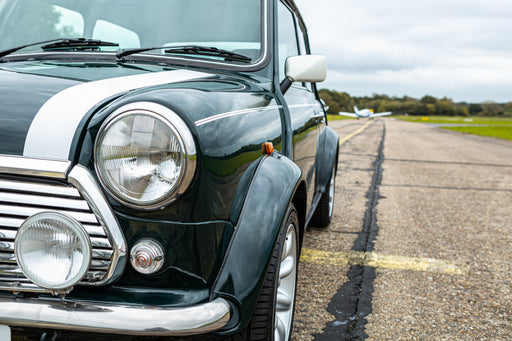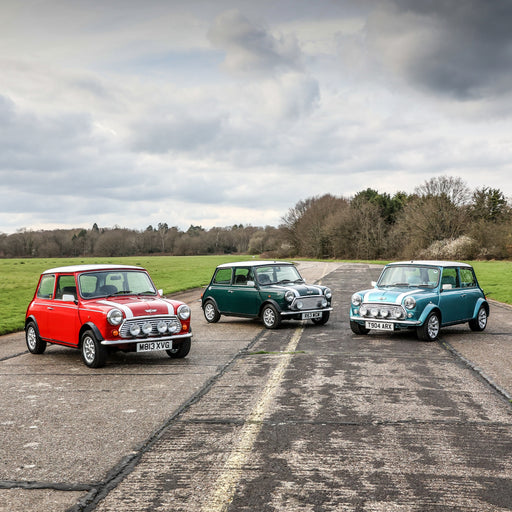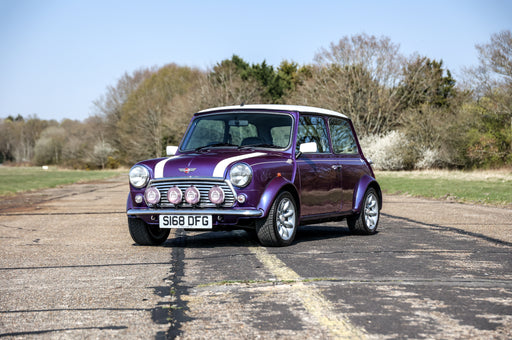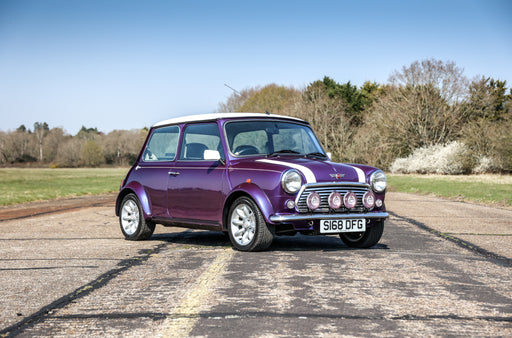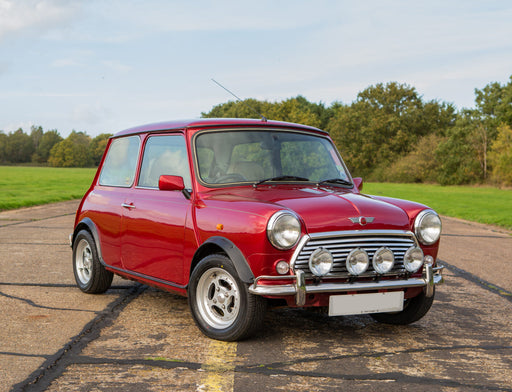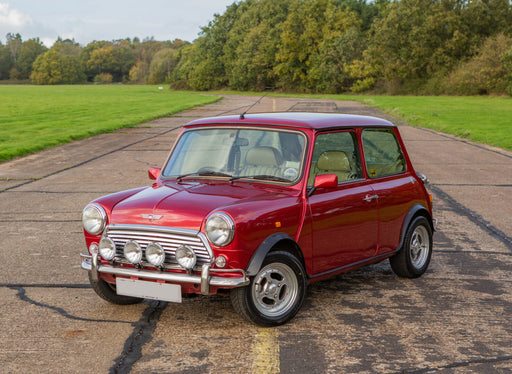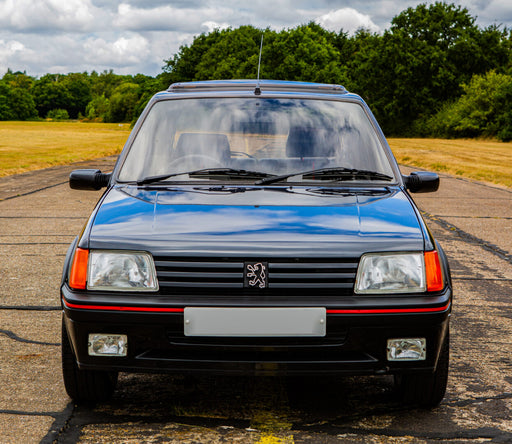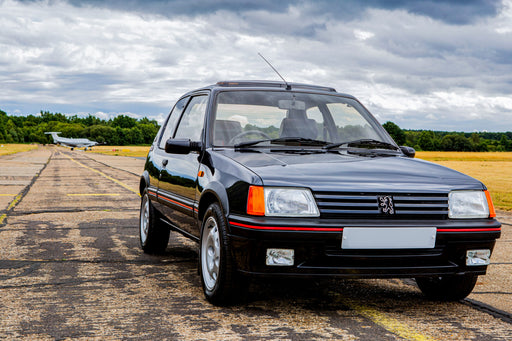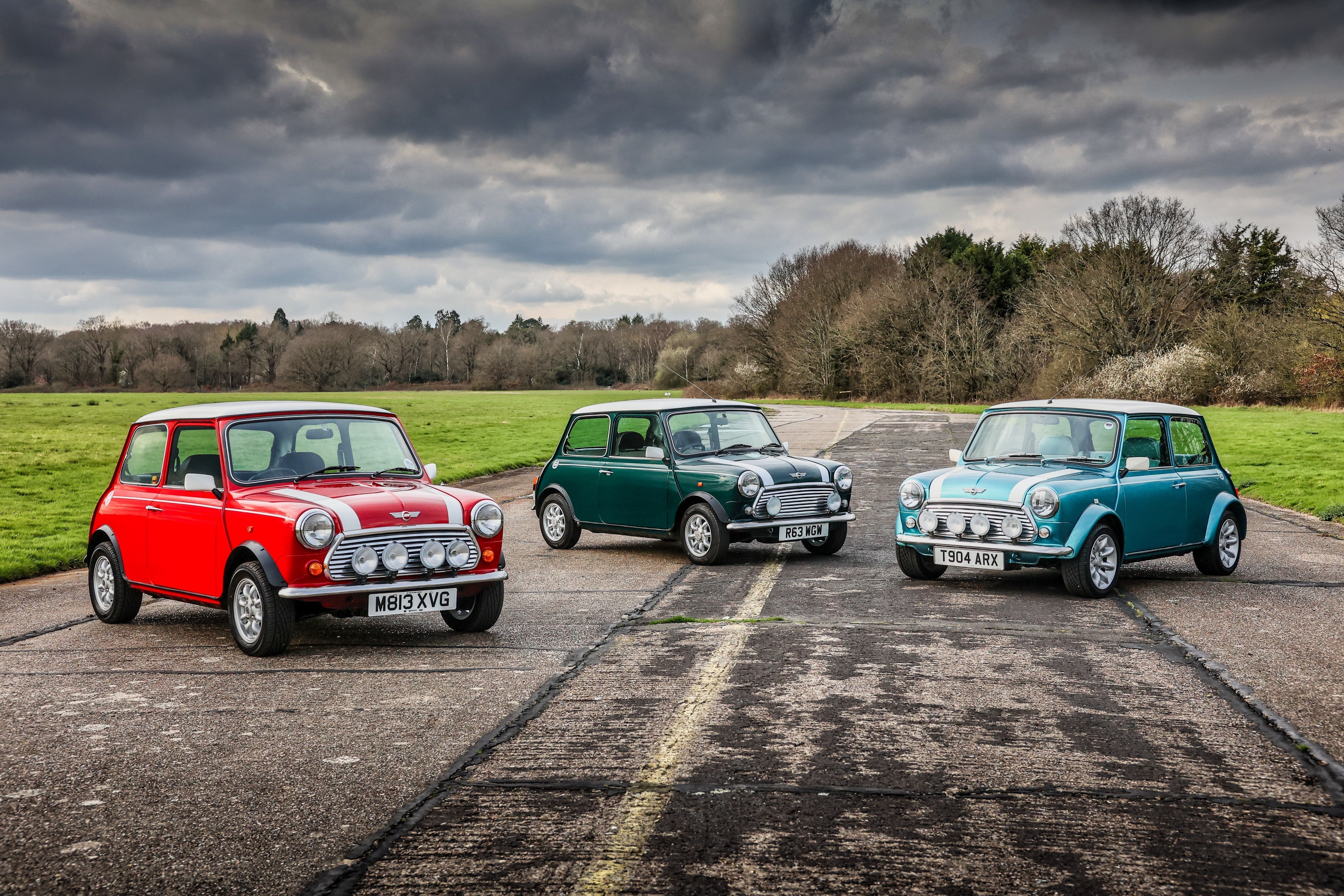
 >
>

The best time of year to sell a classic car
At Phil Mires Classic Cars, we understand that parting with your beloved motor is more than a transaction. It’s about timing, presentation and understanding what motivates buyers in the second-hand market. Here is a breakdown guide to help you sell your Classic Car at the right moment for the best return.
Why timing matters when selling a classic?
Selling a classic car isn’t like selling a modern car. The second-hand classic car market is shaped by patterns such as seasonality, buyer interest, economic confidence and the popularity of different models. Understanding these factors can influence both the price and the speed of sale. Put simply, the right timing can add value, while the wrong moment may mean waiting longer for the right buyer.
The best seasons to sell
These are the periods when buyers are most active:
- Spring and early summer are usually the peak. As the weather improves, people get more interested in shows, weekend drives, open-top motoring, etc. This is the prime time to attract serious buyers.
- Late summer and into early autumn come next. If you miss the spring surge, this period still offers good potential. Buyers often think about purchases before winter sets in.
- Winter tends to be tougher, especially for convertible classics! Interests dip, making buyers less likely to spend.
Selling trends by month

In general, buyers are more active when the weather improves and when people are thinking ahead (to summer, events, etc.).
A guide to selling different types of classic cars
The kind of classic you own also shapes when you should list it:
- If you have an open-top, convertible, sports car, list it just before or at the start of the warm season. Buyers want to enjoy these in the sunshine.
- If yours is a saloon, like a Mini Cooper Sport 500, then weather matters less. You can be more flexible in timing. However, it is worth noting that a lot of classic car owners don't drive their vehicles during the cold, wet months, so there is typically less market activity during winter.
- Having your car in good condition, clean, well-maintained, with service history, helps regardless of the season. But doing that ahead of peak interest is smart.
Factor in wider trends
Beyond seasons and months, these factors can tilt the scales...
- Economic stability: When people feel secure with their finances, discretionary purchases like classics increase. If there's economic uncertainty, many delay.
- Supply in the market: If many classics like yours are coming up for sale, competition increases. A crowded market can therefore put downward pressure on the price.
- Events and shows: Just ahead of shows, meets, or seasonal rallies, interest spikes. Buyers are considering selling their Classic Car, so exposure tends to be better. Preparing your listing in advance of such events can help.
What to avoid
- Putting your car on the market in mid/late winter (especially November to January) is generally not recommended unless your classic is highly desirable or rare. Activity in the classic car market tends to be slow during this period, largely due to Christmas.
- Listing a convertible in cold or dreary months without emphasising indoor storage or its condition.
- Plate changes in the modern car market often shift buyer focus and can lead to more activity in the following months. Classic buyers are generally less influenced by new registrations, but overall market sentiment can still be affected.
Looking to sell your classic car?
At Phil Mires Classic Cars, we are always on the lookout for new stock. If you’re considering parting with your classic, but want to make sure it goes to a new owner that cherishes it as much as you do - contact Phil today.
If you enjoyed this article, you might want to discover the best year to buy a Classic Mini.
Latest Classic Cars For Sale
classic minis wanted
We are actively seeking classic Minis in excellent condition, ideally with low mileage and a detailed history, especially models such as the Cooper...
View details2000 classic mini cooper sport
Supplied new by Hartwell Rover of Abingdon on 29th September 2000, this Mini Cooper Sport is presented in Solar Red with a Platinum Silver roof and...
View details1999 classic mini cooper sportspack
Originally supplied by Wilsons Rover of Whitley Bay on 29th October 1999, this Mini Cooper Sportspack is finished in iconic British Racing Green wi...
View details1999 classic mini cooper s touring by john cooper garages
As featured in MiniWorld Magazine. In 1997, John Cooper Garages launched two new exciting iterations of the iconic Mini Cooper S: the Cooper S Tour...
View details1996 classic mini 'cooper s touring' by miniworld & john cooper garages
A unique opportunity to purchase a MiniWorld Magazine feature car specially converted by John Cooper Garages. This Mini was supplied to Link House ...
View details1989 peugeot 205 gti 1.9
First registered on 29th September 1989. 84,000 miles from new. Driven a mere 5,000 miles in the past 15 years. A collector-quality example. Meticu...
View details
